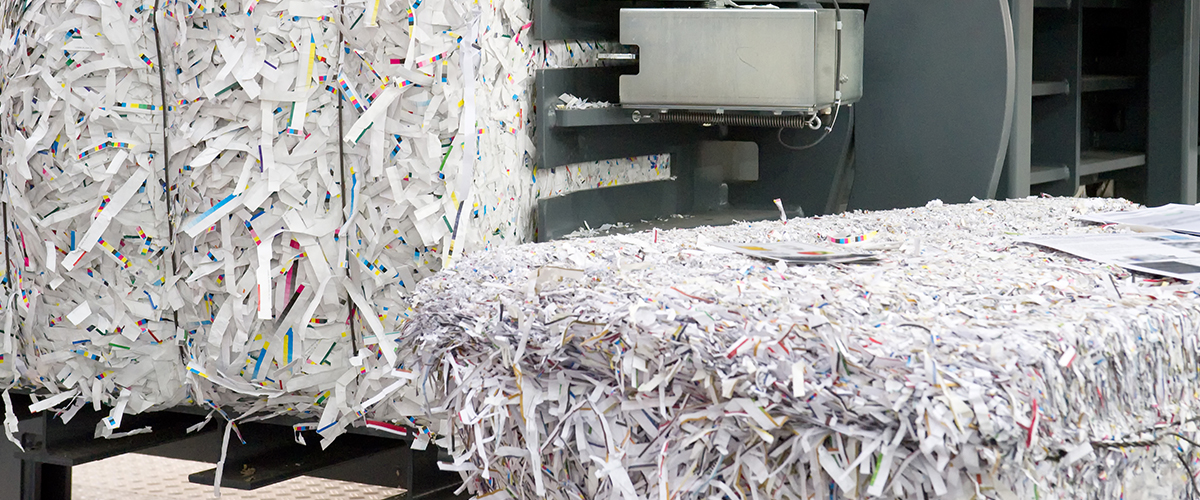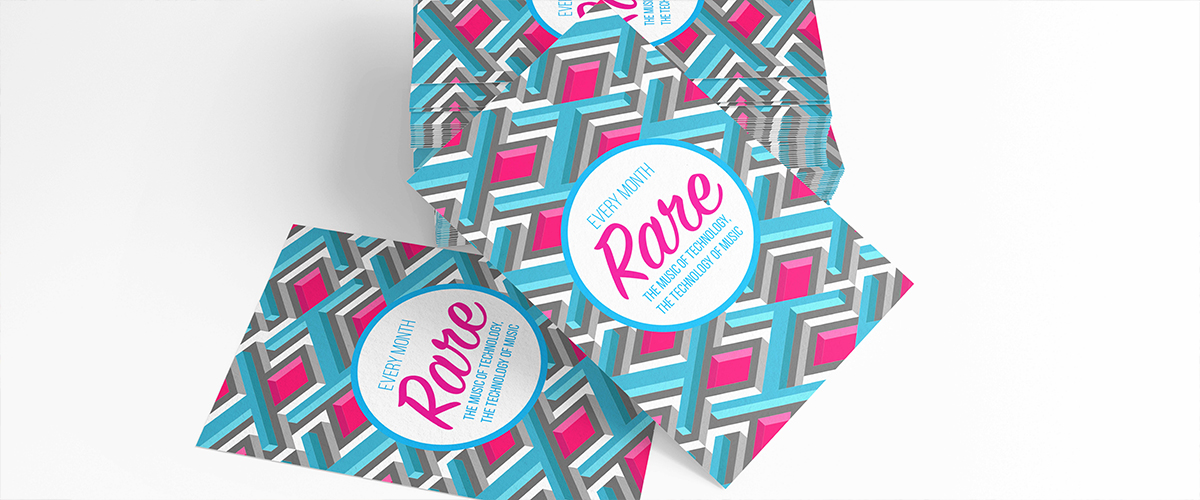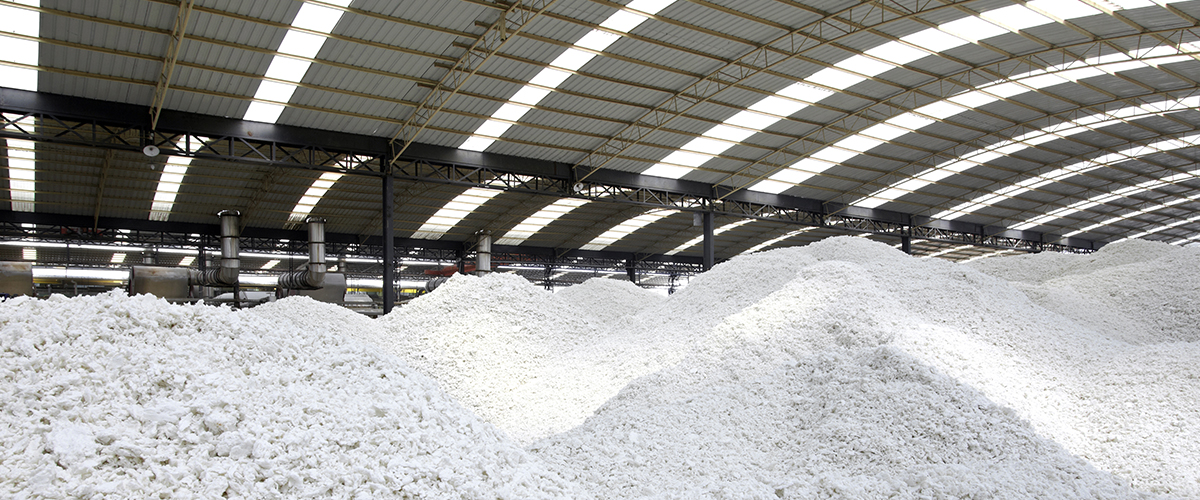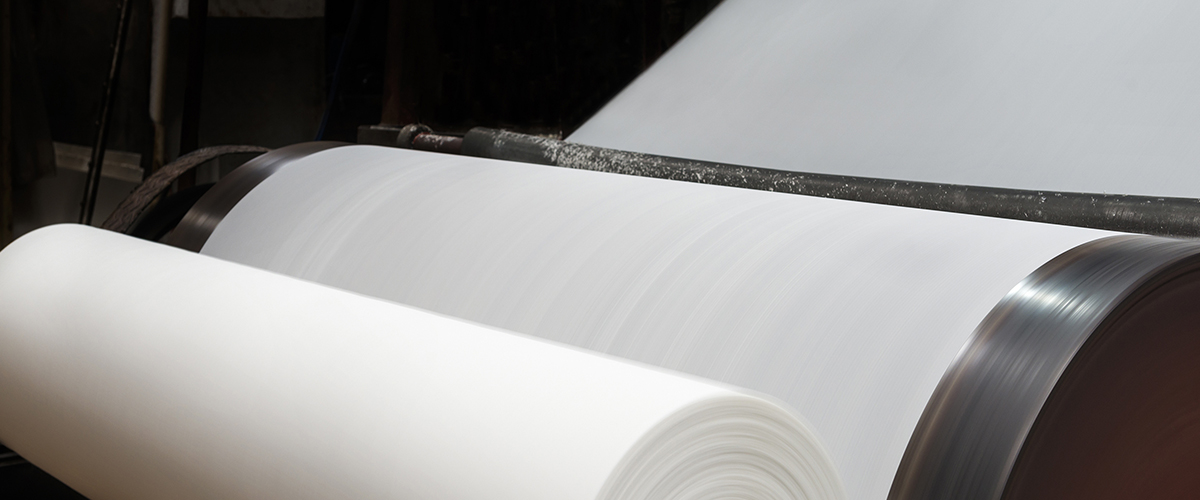Perfect for that vintage feel, let’s take some time to look into the facts about printing with Pulp.
The Material
Pulp is a fibrous material which is made by chemically or mechanically separating fibres from wood, fibre crops or waste paper. Generally speaking this is made up from 45% sawmill residue, 21% logs and chips and 34% recycled waste paper. In terms of raw materials this is certainly one of the most abundant.

The History
In 13th century Europe, paper was made using cotton and linen fibres, the invention of the spinning wheel drove the prices of the production down dramatically by increasing the supply of rags. This led to cheaper paper and a great leap in the early developments of printing. Wood was not used in the pulping process until the mid 1800’s when the price of paper had risen. Chemical processes to separate the wood were developed and by 1900 had become the leading method for separating wood fibres.
The Process
Chemical pulp is made by combining woodchips and chemicals in digesters to break down and allow the fibres to bind together. It is a common misconception that pulp paper is an off-white material due to its recycled nature although it goes through extensive cleaning before being bleached (with an environmentally friendly, chlorine-free chemical such hydrogen peroxide). The pulp is then dried and rolled into sheets.

The Product
Give a stylish retro look to your Business Cards with our extra thick 380mic (290gsm approx.) Pulp, the finished surface is comparable to the look and texture of a beer mat. The card is uncoated, so please be aware that the final print is often duller in appearance than when printed onto coated stocks such as gloss and silk. The card will mark very easily because it’s uncoated. It is not uncommon for ink transfer from a dark area of print to a lighter area.





